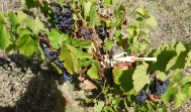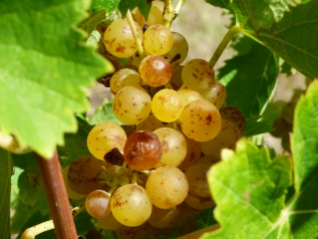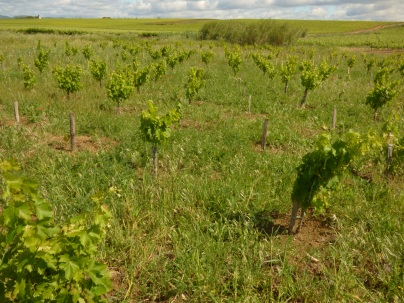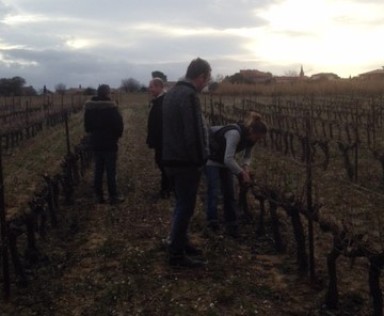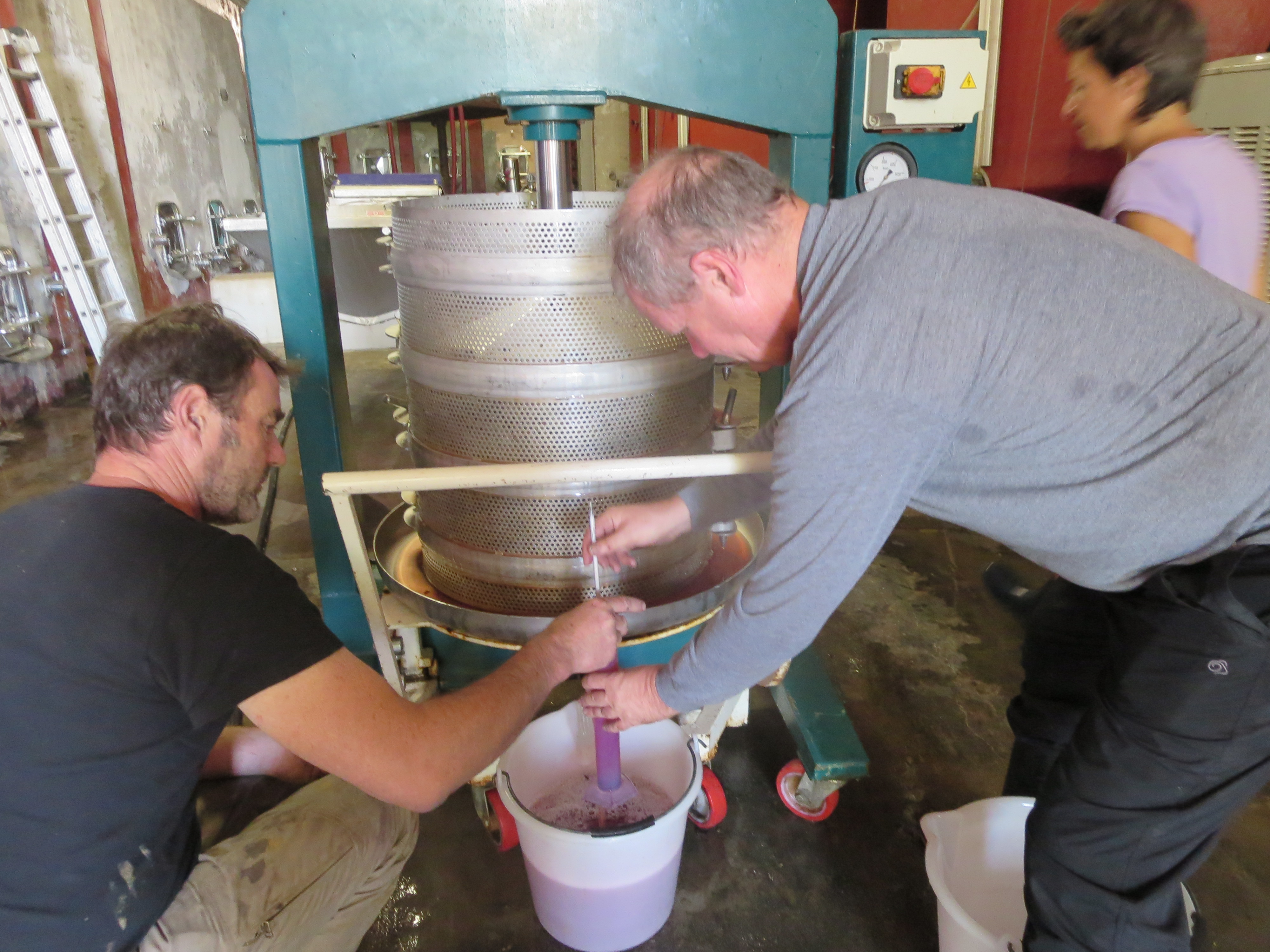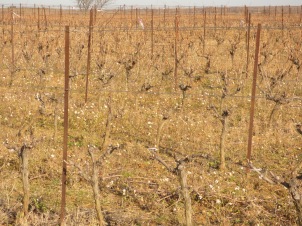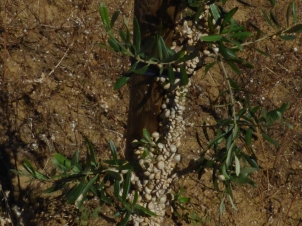Getting out of bed on Thursday morning, back aching in various places, the tips of my fingers stained black and blue and a matching bruise on the palm of my right hand. How did I feel? Just great thank you. These were the signs that I was back after two years, back in the Languedoc, back in Puimisson, back in the vines and back with my dear friend Jeff Coutelou.
For six vintages I had reported on how the year on a wine domaine wound its way through peaks and troughs. Six vendanges, hesitant the first time in 2014 then with growing understanding of what was happening, why it was happening and what I could do, in a small way, to help produce the excellent Coutelou wines.
During that time I had progressed from basically standing guard over a basket press (when in reality nothing much could go wrong) and doing rudimentary sorting as the grapes arrived to becoming a much more confident ‘cellar rat’ knowing how to carry out remontage, pigeage, operate the pumps and to stand at the sorting table knowing exactly what I was looking for as the bunches arrived, from disease to ver de la grappe, the feel and the smell of the grapes able to tell me that those grapes did not belong in the tanks of quality wines we were making.
I came to love the various vineyards and to get to know their quirks, strengths and weaknesses. But especially Rome, sheltered from the world by surrounding trees, teeming with wildlife, complex in its geology and filled with its gnarly, gobelet old vines, standing free. My oasis. I came to love the philosophy behind Jeff’s winemaking; biodiversity, supporting nature not exploiting it, grapes, work and love. I already loved the wines but being part of their story made them even more special. And, above all, I came to love the people I met through the years, the revolving cast of characters who spent time with us.
Whether based in France pretty much full time for three years or spending half a year there I felt at home, but I took my happiness and good fortune for granted. If the COVID-19 pandemic did one positive thing for me, in preventing me from being in France and the 2020 vintage, it was to make me realise how much I missed being part of the wine, how much I did love the place, vines and people.
It is a pure joy to be back, the aches, bruises and stains are very welcome.












































